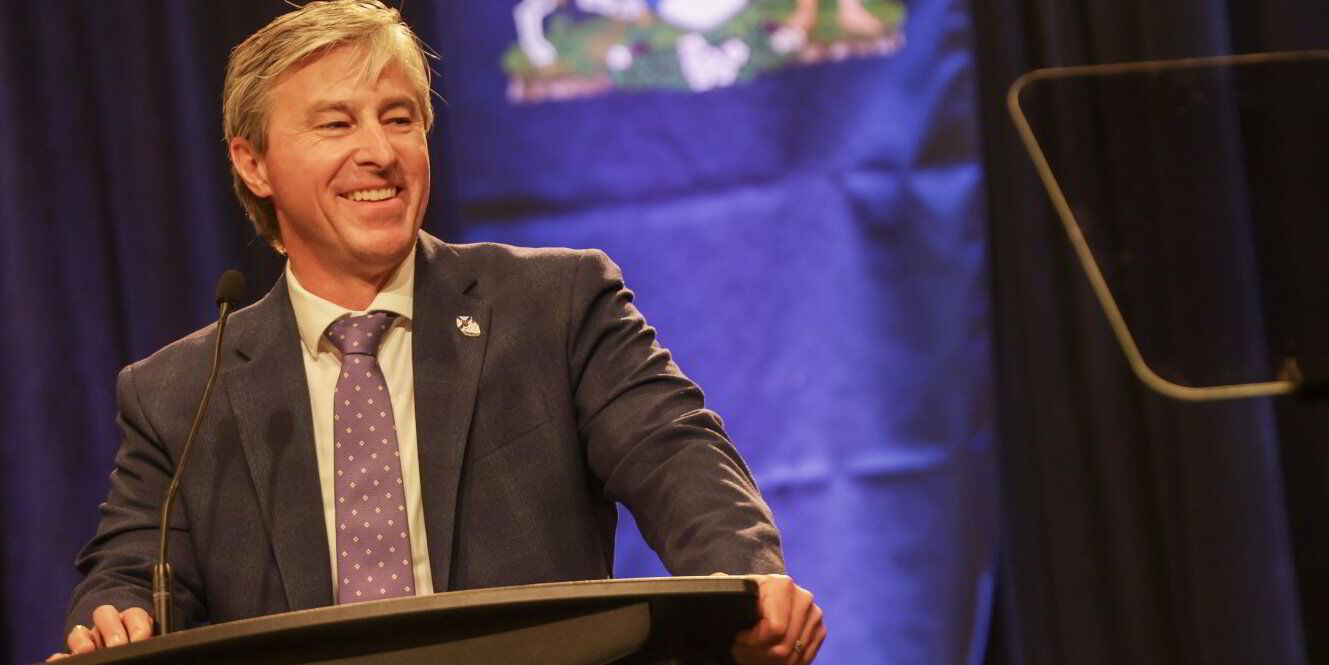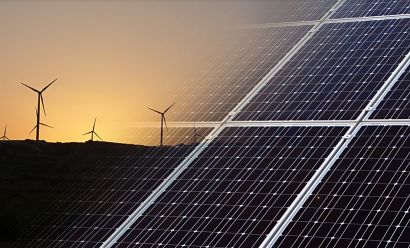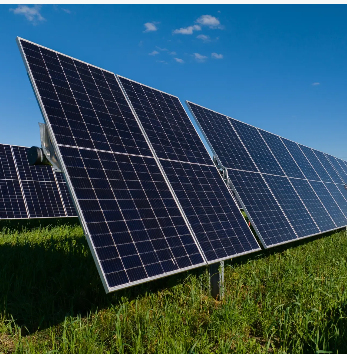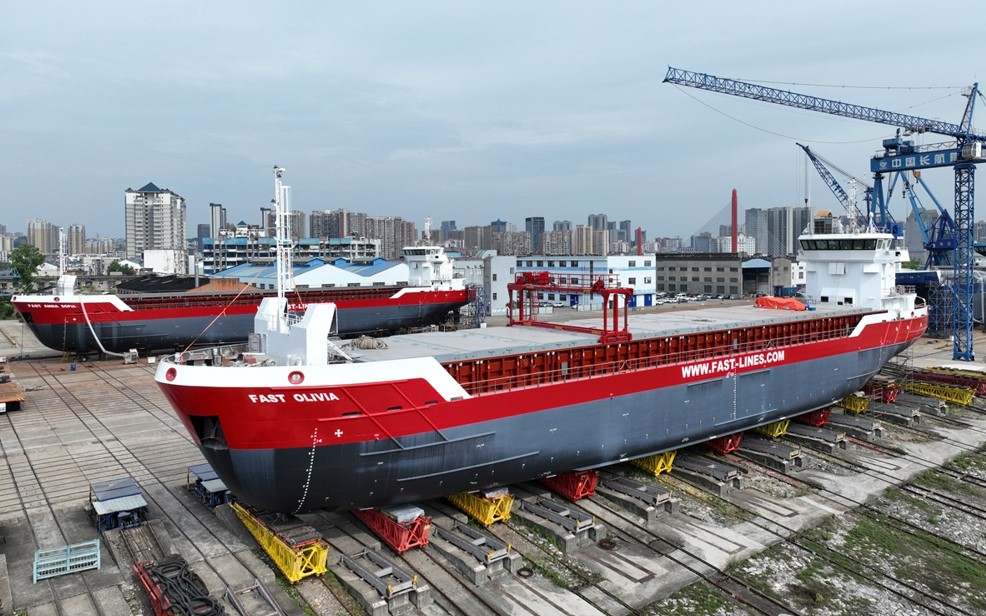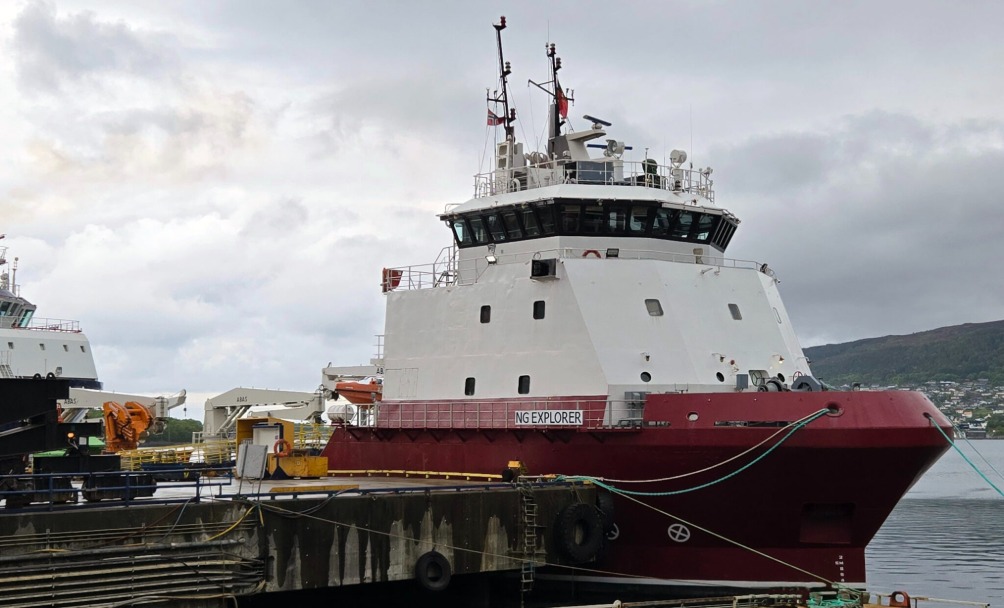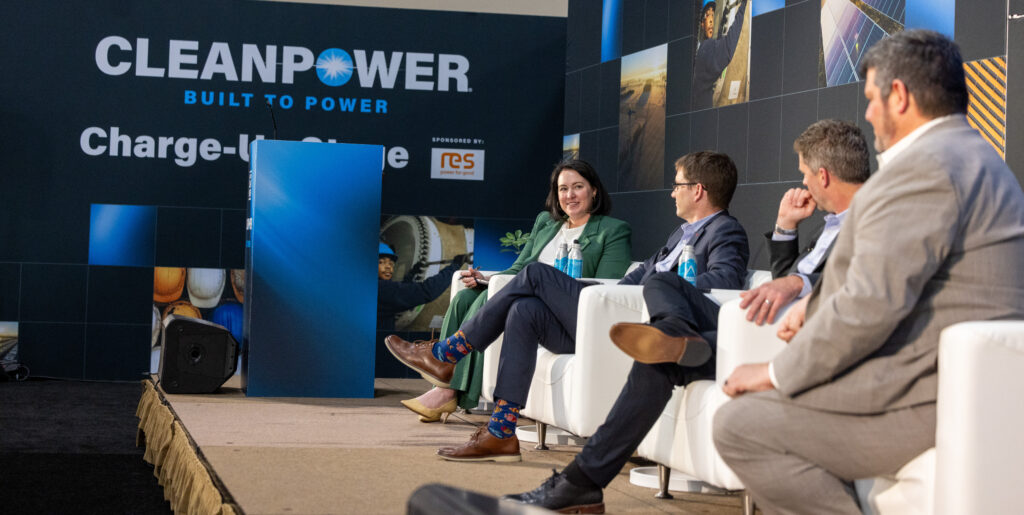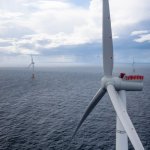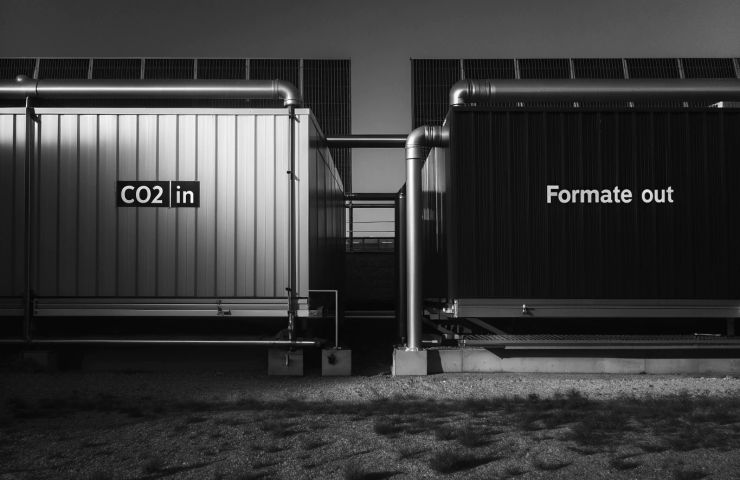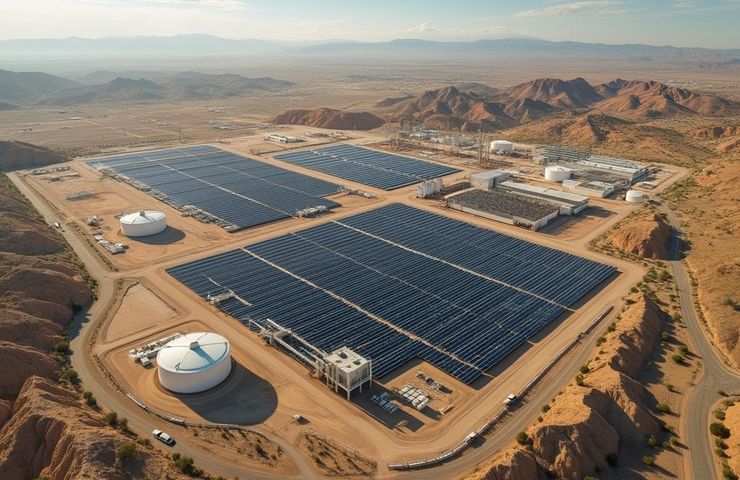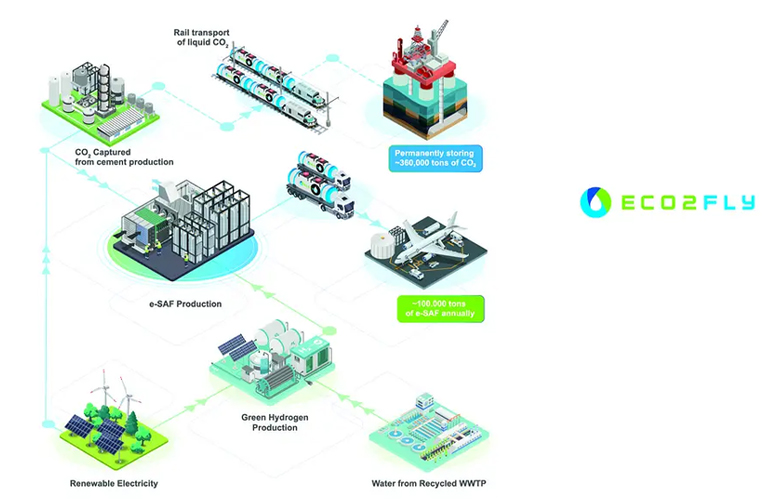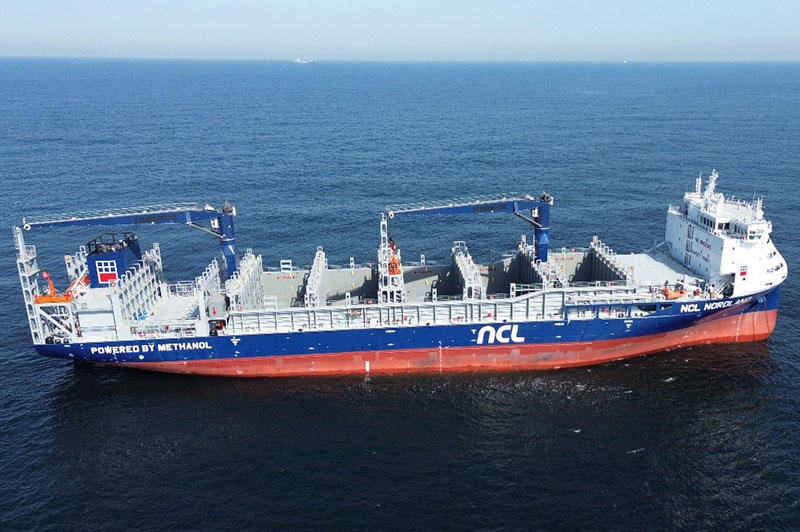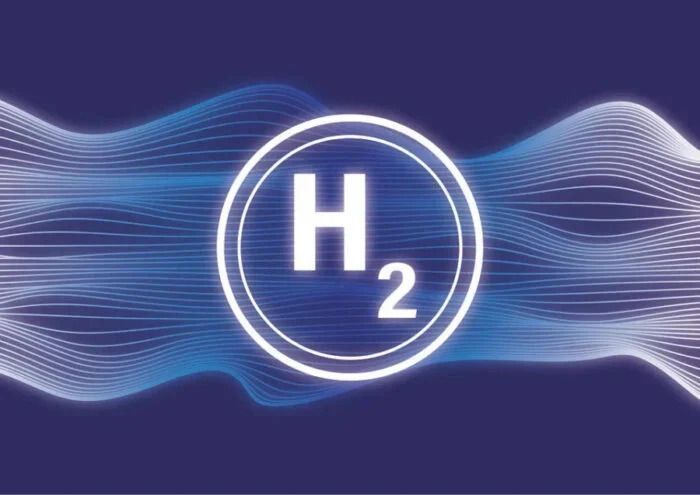Vancouver Island’s first RNG facility now operational
In Canada, the Capital Regional District (CRD), working together with FortisBC Energy Inc. (FortisBC) and Waga Energy Canada, a subsidiary of France-headed landfill gas to renewable natural gas (RNG) technology provider Waga Energy SA, has announced that it has started producing RNG at a new facility located at the Hartland Landfill on Vancouver Island, British Columbia (BC).

The Hartland Landfill RNG facility is Vancouver Island’s first RNG facility. Originally announced in 2020, the nearly CA$32 million Hartland Renewable Natural Gas facility, utilizing Waga Energy’s WAGABOX technology, is designed to produce a maximum of 341.214 MMBtu of RNG annually, reducing the capital region’s greenhouse gas (GHG) emissions by up to 475,000 tonnes of carbon dioxide (CO2) over the next 25 years
Significant regional GHG reduction
Landfill gas (LFG), released from decomposing waste, is captured, cleaned, upgraded, and then injected into FortisBC’s gas system.
By turning landfill waste into a lower-carbon energy source, this initiative not only supports the province’s climate action goals but also demonstrates how locally sourced products can help reduce reliance on conventional natural gas.
The Hartland Landfill, which is owned and operated by the CRD, serves over 460,000 people and generates approximately 10 percent of the GHG emissions in the region.
The LFG-to-RNG facility aligns with the CRD’s commitment to address climate change within its operations and across the region.
The Hartland Landfill Renewable Natural Gas facility represents a significant step forward in our commitment to reducing greenhouse gas emissions. By converting landfill waste into renewable natural gas, we are providing a lower-carbon energy source and demonstrating the innovative solutions that are possible when we work together. The Capital Regional District is proud to lead by example in environmental stewardship, and this facility is a testament to our dedication to climate action, said Barbara Desjardins, CRD Director and Chair of the Solid Waste Advisory Committee.
When RNG is added to North America’s gas system, it mixes with conventional fossil natural gas. The more RNG is added to the gas system, the less conventional natural gas is needed, thereby reducing the use of fossil fuels.
Waga Energy will operate and maintain the facility on the CRD’s behalf for 25 years, while the CRD continues to be responsible for the ownership and operation of Hartland Landfill and the landfill’s gas collection system.
This joint project with the Capital Regional District and FortisBC represents a major milestone in the fight against climate change and in advancing the energy transition. We’re delighted to be part of it by providing advanced lower-carbon technology that serves the local community, said Julie Flynn, CEO of Waga Energy Canada.
Exemplary public-private cooperation
The project is an example of how FortisBC is working with local governments to develop renewable and lower-carbon gases.
FortisBC will pay a fixed price per gigajoule (GJ) for the RNG and will be responsible for the costs associated with injecting the RNG into its gas distribution system.
The new landfill gas upgrade facility will be fully self-funded through revenues from RNG sales.
FortisBC constructed an RNG interconnection station and a pipeline connecting the landfill to its existing gas system.
Through this collaboration, we are strengthening local partnerships and supporting British Columbia’s energy future. By working with the Capital Regional District to harness the potential of RNG, we are investing in local energy solutions as we work to provide customers with reliable, affordable energy while also supporting regional economic growth, said Joe Mazza, VP of Energy Supply and Resource Development at FortisBC.
What's Your Reaction?









